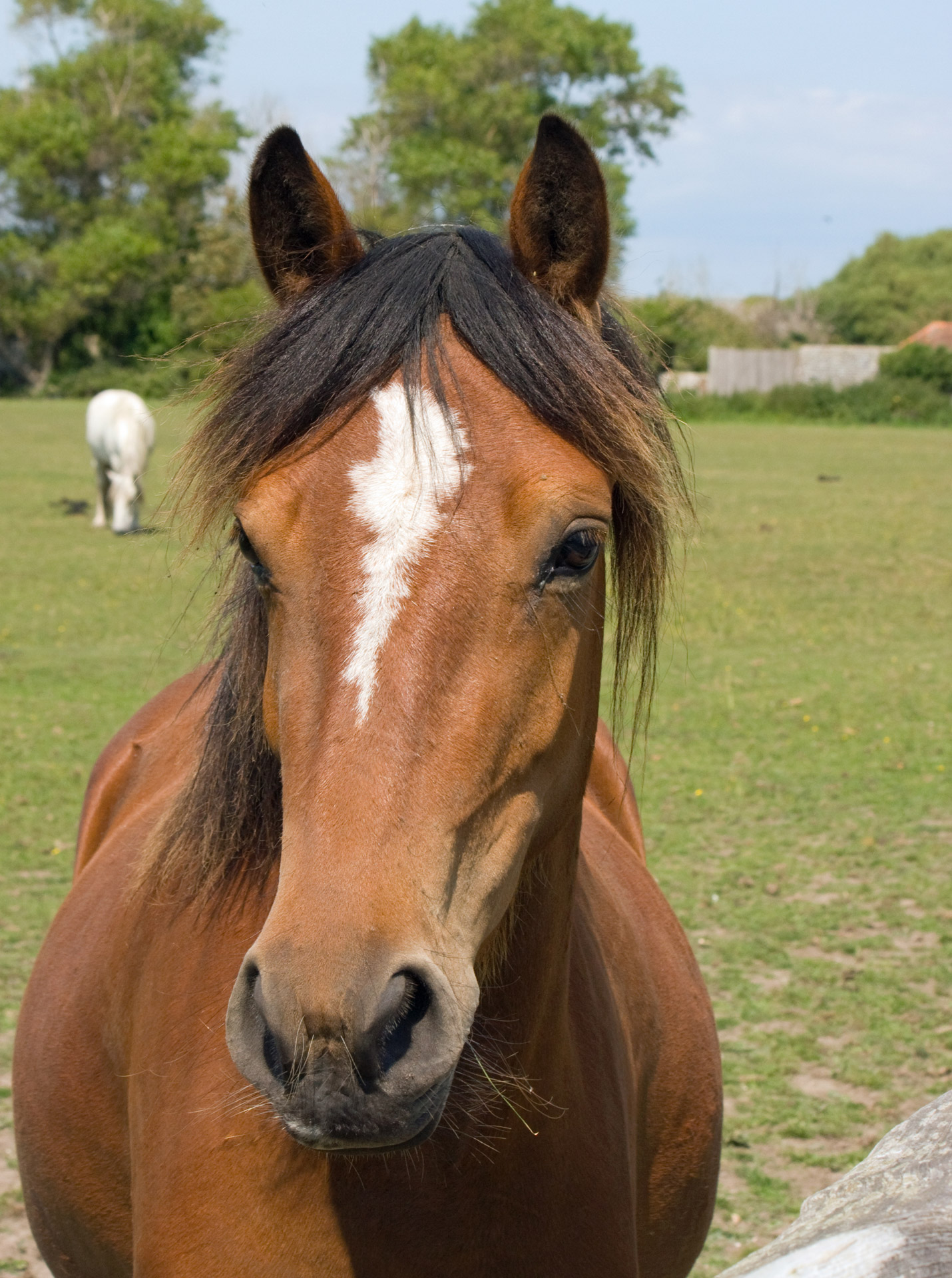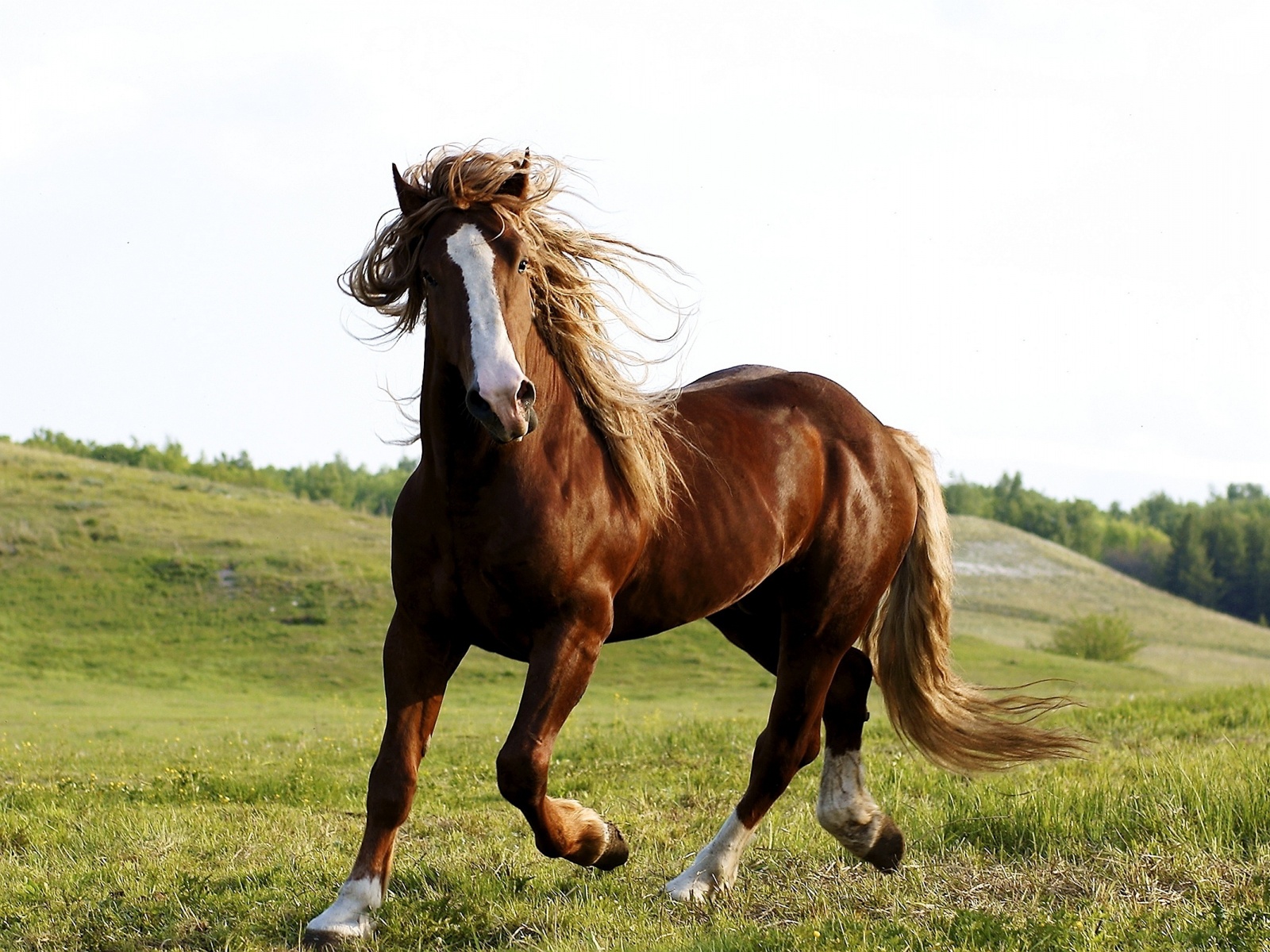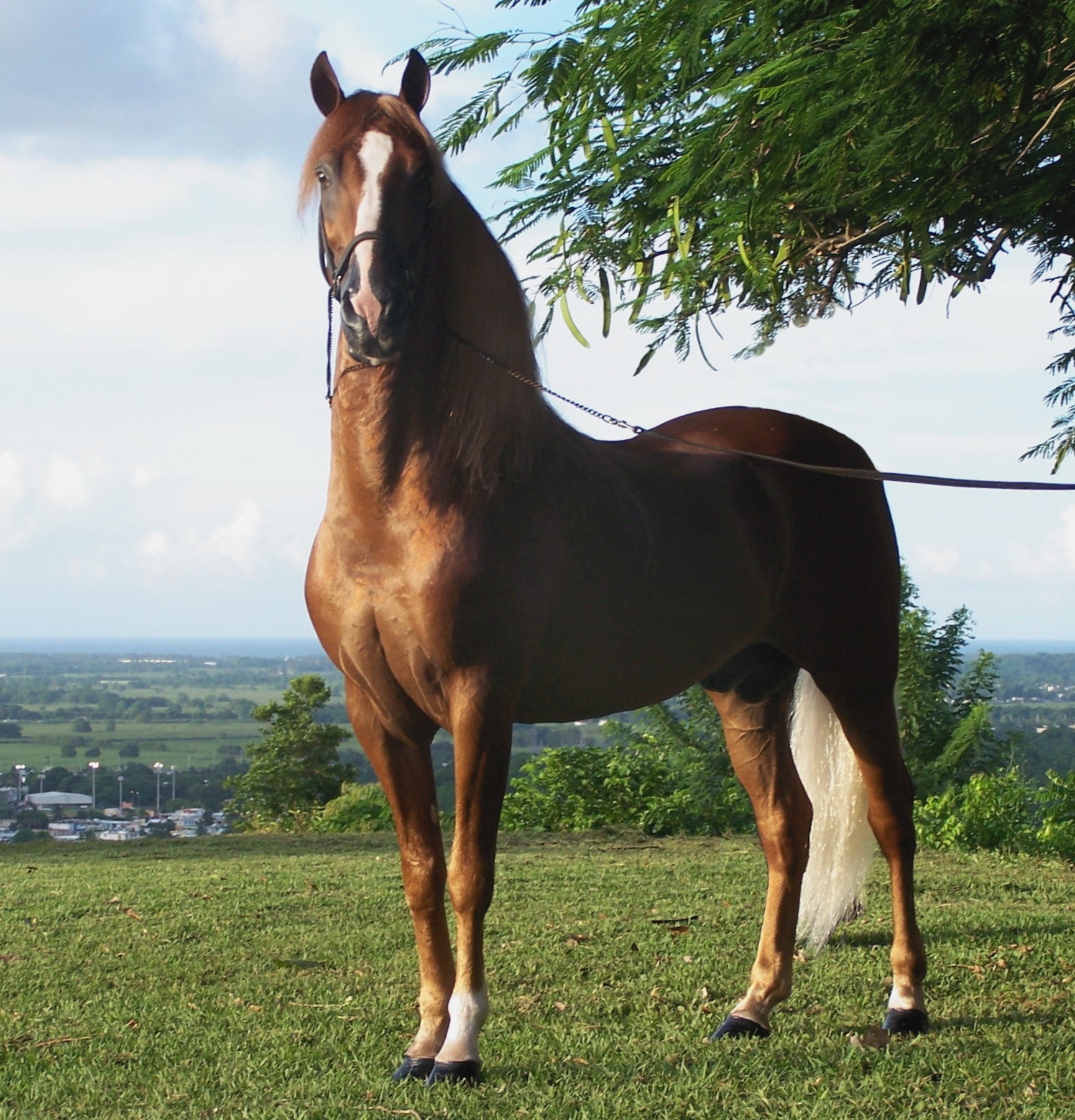Have you ever wondered about the fascinating process behind how horses bring new life into the world? It's a truly amazing part of horse life, often called "horse miting" by many. This natural, sometimes quirky, dance is so important for future generations of these magnificent animals. It is, you know, a fundamental aspect of keeping horse populations going, whether for sport, work, or just companionship.
For anyone with a love for horses, or perhaps someone just getting started with them, understanding this process offers a deeper appreciation for their biology and their instincts. From the very first steps of courtship to the careful management of breeding programs, there's a whole lot to learn about how horses reproduce. This knowledge, arguably, helps us care for them better and appreciate their natural ways.
This article will explore the ins and outs of horse reproduction, covering everything from their natural behaviors to the ways humans help manage the process. We'll even touch on how this all connects to finding your own special horse. So, apparently, let's get into the details of what "horse miting" really means.
Table of Contents
- What is Horse Miting?
- The Natural Dance of Equine Mating
- Managing the Breeding Process
- Understanding Horse Biology and Behavior
- Finding Your Ideal Equine Companion
- Frequently Asked Questions About Horse Miting
- Wrapping Things Up
What is Horse Miting?
When people talk about "horse miting," they are usually referring to the process of horse mating or breeding. This is, actually, how horses reproduce. It’s a really important part of domestic horse breeding, whether it happens through natural means or with human help, like artificial insemination. Equine experts often guide this process, making sure everything goes smoothly and with careful thought for selective breeding. You know, choosing the right parents helps bring forth strong, healthy foals.
This whole idea of "horse miting" encompasses everything from the initial interactions between a stallion and a mare to the actual physical act of reproduction. It’s a crucial step for farms and breeders looking to continue bloodlines or develop specific traits in horses. There are, typically, many factors that can influence its success.
Understanding the steps involved, and the behaviors horses show, is quite important for anyone involved in horse care or breeding. It’s not just about the physical act; it's about the entire reproductive cycle and how it fits into the broader picture of horse life. So, it's pretty much a big deal for horse owners and enthusiasts.
The Natural Dance of Equine Mating
The way horses come together to reproduce in the wild, or in natural pasture settings, is truly something to behold. It involves, in some respects, a captivating series of behaviors that lead up to the actual mating. This natural "dance," as it were, is characterized by distinct phases, each with its own signals and actions. It's really quite a display of instinct and connection.
Courtship and Signals
Before any actual mating happens, horses engage in a period of courtship. This is where, for example, they get to know each other and assess compatibility. Mares, for instance, show behavioral signals when they are ready to breed, often through specific postures or vocalizations. Stallions, on the other hand, will approach mares with a mix of caution and assertiveness, sniffing and nudging to gauge receptiveness. This initial interaction is, you know, very important for setting the stage.
These signals are a natural part of horse communication, letting each animal know if the other is interested and prepared. It’s a subtle yet powerful display of their instincts. Understanding these cues is, basically, key for anyone observing or managing horses during this time. They are, quite simply, telling us a lot about their intentions.
Stallion Behavior
Stallions, the male horses, display a range of behaviors during courtship and mating. They can be very strong and assertive, yet also show a degree of caution. A stallion might, for instance, nuzzle a mare, nip gently, or perform a "flehmen" response, where he curls his upper lip to detect mare hormones. This behavior is, obviously, a sign of his interest and readiness to breed. He's, apparently, making sure the mare is truly receptive.
Their actions are driven by instinct to reproduce and protect their mares. While they exhibit great strength, they also show an awareness of the mare's receptiveness, adapting their approach accordingly. This balance of power and sensitivity is, indeed, a remarkable aspect of their natural behavior. It's, you know, a powerful display.
Mare Behavior
Mares, the female horses, also show specific behaviors when they are ready to breed. They might, for example, raise their tail, urinate frequently, or stand still and allow the stallion to approach. Their calm nature during these interactions is often noted, especially when they are receptive to the stallion’s advances. A mare’s willingness is, therefore, a clear indicator that she is in heat. She's, literally, inviting the interaction.
If a mare is not ready, she will often show defensive behaviors, such as kicking or pinning her ears back. Recognizing these signs is, frankly, important for safety and successful breeding. The mare's comfort and readiness are, ultimately, paramount for a positive outcome. It's, in a way, all about her signals.
Managing the Breeding Process
While horses have their natural instincts, humans often play a significant part in managing the breeding process, especially in domestic settings. This involvement helps ensure the health of the horses, the safety of everyone involved, and the desired traits in future generations. There are, you know, specific techniques and considerations that come into play here.
Natural Breeding vs. Artificial Insemination
Horse breeding can happen in two main ways: natural breeding or artificial insemination. Natural breeding involves the stallion and mare physically mating, often in a controlled environment to ensure safety. This method, of course, relies on the horses' natural behaviors and readiness. It’s a very traditional approach that has been used for centuries.
Artificial insemination, on the other hand, involves collecting semen from the stallion and then inserting it into the mare's reproductive tract. This method offers more control over timing and can help prevent the spread of certain diseases. It also allows for breeding horses that are geographically separated. Both methods, basically, require expertise from equine professionals to be successful. It's, like, a choice based on various factors.
Preparing for Miting
Preparing horses for breeding is a careful process that involves checking their health and making sure they are in good condition. This might include, for instance, nutritional adjustments, such as making sure they get the right type and amount of salt to support their health. Mares might need specific checks to confirm they are cycling properly and are ready to conceive. Stallions, too, need to be in peak physical condition. It's, you know, a bit like preparing athletes.
Managing the environment is also a big part of preparation, whether it’s a natural pasture setting or a controlled breeding shed. Everything needs to be set up to promote comfort and safety for the animals. This careful planning is, frankly, a key factor in successful breeding outcomes. You want, obviously, everything to be just right.
Farm Breeding Practices
At farms, the horse breeding process is often a well-organized operation, requiring a lot of knowledge and experience. Farmers and equine experts watch the horses closely, tracking mare cycles and stallion readiness. They use various management techniques to help ensure successful breeding. This can involve, for example, careful record-keeping and timing. It's, you know, quite a detailed operation.
Watching rare and powerful moments of natural mating captured in one intense video can, for instance, show the strength of stallions and the calm nature of mares. These observations help breeders understand the natural process even when they are managing it. It’s a continuous learning process, making sure the animals are healthy and the breeding goals are met. So, it's pretty much about practical know-how.
Understanding Horse Biology and Behavior
Learning how horses mate is a captivating aspect of equine biology and behavior. Understanding the process and the intricacies involved in reproduction is important for anyone who owns or works with horses. It helps us appreciate their natural world and make better decisions about their care. This knowledge, honestly, goes beyond just the act itself.
The Role of Hormones
Hormones play a really big part in horse reproduction. They control the mare’s heat cycle, signaling when she is ready to breed, and also influence the stallion’s behavior. These chemical messengers, basically, orchestrate the entire reproductive process, from courtship to conception. Understanding their influence helps breeders time matings for the best chance of success. It's, you know, a very precise system.
Behavioral signals, physical aspects, and various factors affecting mating are all tied into these hormonal changes. Knowing how these work together gives us a deeper insight into horse physiology. This scientific understanding is, therefore, quite valuable for anyone involved in equine reproduction. It’s, you know, a complex interplay.
Bonds and Comradery
Horses are animals that can form strong bonds and comradery, even with their mates. This social aspect can, in a way, influence the mating process. While the primary goal is reproduction, the interaction between a stallion and a mare can also show elements of their natural social structure. They are, after all, herd animals. It's, honestly, quite sweet to see.
The idea of horse and pony mating as the "equine version of the ultimate squad goals" really highlights this natural, dynamic, and sometimes quirky dance. It’s not just a biological function; it's a part of their social lives. These bonds can, arguably, contribute to a more harmonious breeding environment. So, it's not just about the physical side.
Behavior During Miting and Separation
During mating and separating, horses can act in various ways, displaying different behaviors. Some mares might be very accepting, while others might be more resistant, especially if they are not fully receptive. Stallions, too, can show different levels of intensity. Observing these behaviors is, for example, important for safety and for understanding the individual horse’s personality. It's, you know, always a unique interaction.
After mating, the horses are typically separated, and their behaviors can again vary. Some might show a lingering interest, while others quickly return to their usual routines. Knowing how to manage these moments helps prevent injuries and ensures the well-being of both animals. This attention to detail is, basically, a hallmark of good horse care. It's, honestly, all about being observant.
Finding Your Ideal Equine Companion
Understanding horse breeding and behavior is also helpful when you are looking to find your own horse. The diverse selection available, from gaited trail horses to ranch and performance horses, comes from generations of careful breeding. Knowing about breeds and their uses can help you choose the right type of horse for your needs. It’s, you know, a very personal decision.
Breeds and Uses
There are more than 300 breeds of horse in the world today, developed for many different uses. Each breed has its own history and specific traits, often bred for particular tasks like racing, jumping, working on a ranch, or simply being a calm companion. Learning about horse history and biology can give you a good start in understanding these differences. This knowledge is, obviously, a big help when looking at horses for sale or adoption. You want, ultimately, the right fit.
Whether you are looking at horse and pony classifieds from local breeders, trainers, and rescues, or browsing listings of horses for sale in Louisiana, like those in Lafayette, understanding breed characteristics is key. You can always trust reputable sources like thehorsebay.com for professional listings. They, apparently, help connect buyers with suitable horses. It's, you know, a good starting point.
Buying and Caring for a New Horse
Once you find your ideal companion, knowing how to care for them properly is the next big step. This includes learning about feeding your new horse during transport, quarantine, and the first few weeks at his new home. Making sure you choose the right type and amount of salt to support your horse’s health is, for instance, a small but important detail. Basic riding skills and understanding the 39 key parts of a horse with diagrams and pictures can help prevent injuries and enhance performance. It’s, obviously, a lot to learn.
A beginners’ guide to all things horses can provide a good foundation. This involves, honestly, learning about their overall care, from their physical needs to their behavior. Every horse is unique, and understanding their general biology helps you give them the best possible life. So, it's pretty much an ongoing learning process.
Frequently Asked Questions About Horse Miting
Here are some common questions people ask about horse "miting" or mating:
1. What is the "miting" process for horses?
The "miting" process for horses is, basically, their way of reproducing. It involves the male horse (stallion) and the female horse (mare) coming together to create offspring. This can happen naturally, or sometimes with human assistance through artificial insemination. It's, you know, all about bringing new foals into the world.
2. How do horses behave during natural breeding?
During natural breeding, horses show specific behaviors. Mares might lift their tails and stand still when they are ready, while stallions might nuzzle or sniff the mare to check her receptiveness. There's a lot of communication through body language before the actual mating occurs. They are, apparently, quite expressive in their courtship.
3. What should I consider when preparing a horse for breeding?
When preparing a horse for breeding, you should consider their overall health and nutrition, making sure they are in good condition. For mares, checking their heat cycle is important. For both, a safe and calm environment is essential. Consulting with equine experts is, ultimately, a really good idea to ensure everything goes well. It's, you know, a careful undertaking.
Wrapping Things Up
Understanding "horse miting," which is really about horse reproduction, gives us a deeper connection to these amazing animals. From the natural instincts that guide their courtship to the careful management practices on farms, it's a process full of life and learning. Knowing about mare heat, gestation, and how horses give birth is, you know, a big part of appreciating their biology. Learn more about horse care on our site, and link to this page equine health tips for more advice. This knowledge helps us be better owners and advocates for horses everywhere.
For more detailed information on horse reproduction and breeding, you might find resources from reputable equine organizations helpful, such as those found on sites like AnimalWised. This topic is, truly, a cornerstone of horse husbandry. It's, basically, a continuous journey of learning.



Detail Author:
- Name : Bryce Auer
- Username : alphonso.johnson
- Email : loyce.tillman@hotmail.com
- Birthdate : 1999-01-20
- Address : 892 Jaron Glen Apt. 392 Koeppbury, KY 06897-5867
- Phone : 531-618-7770
- Company : Douglas PLC
- Job : Manicurists
- Bio : Veritatis quaerat ut sed praesentium. Quia qui non omnis. Minus velit laboriosam eum eos.
Socials
instagram:
- url : https://instagram.com/robertsd
- username : robertsd
- bio : Id nam eius dolorem ut voluptatem iure. Distinctio non enim et possimus voluptas ut.
- followers : 4521
- following : 1574
linkedin:
- url : https://linkedin.com/in/domenickroberts
- username : domenickroberts
- bio : Dolores deleniti non autem et.
- followers : 3440
- following : 2674
twitter:
- url : https://twitter.com/domenick4365
- username : domenick4365
- bio : Aut ad fuga a sunt. Dicta voluptatem et non dignissimos autem.
- followers : 5407
- following : 1886